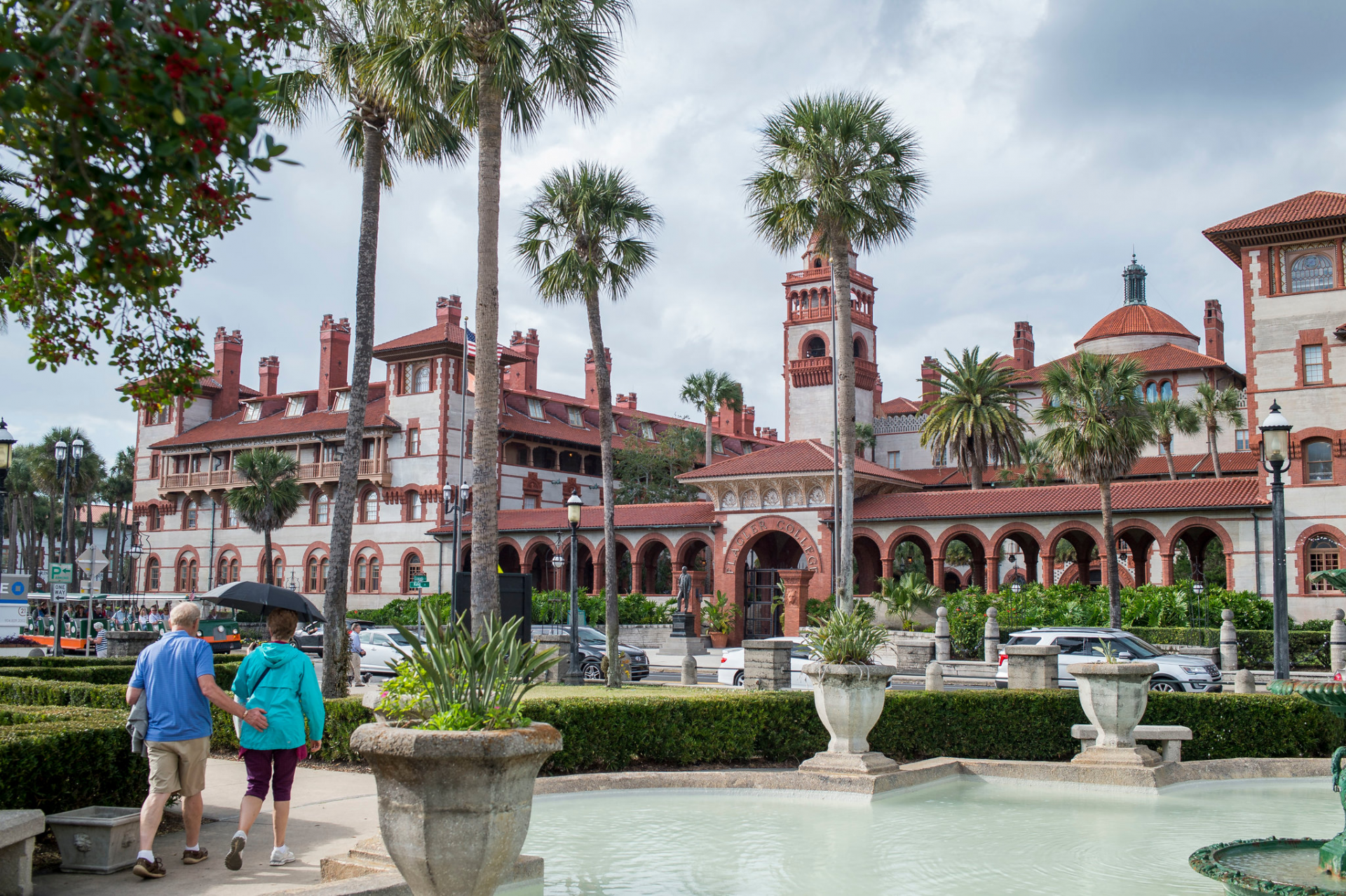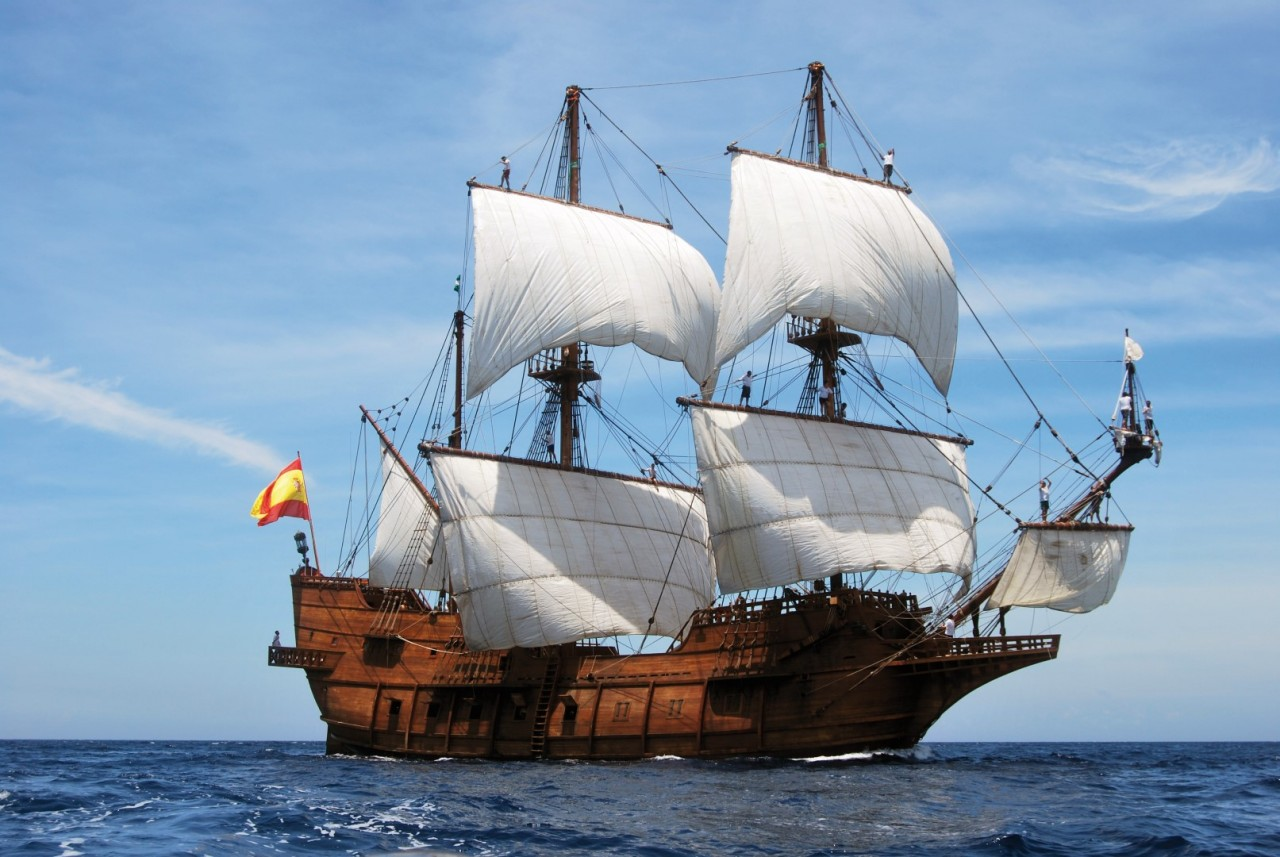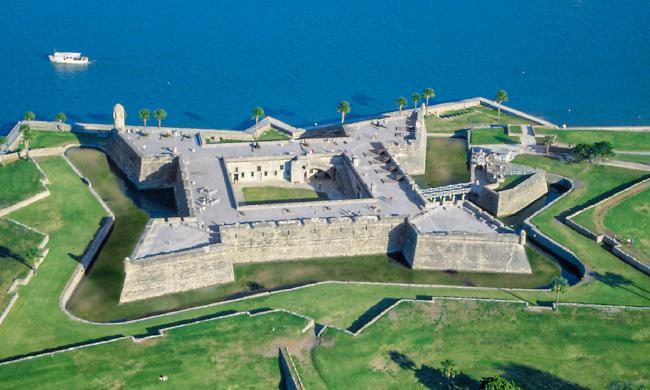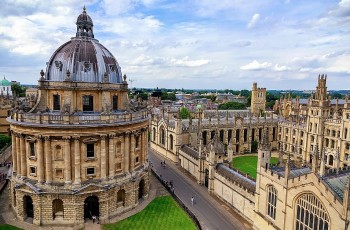Facts About St. Augustine - the Oldest Cities In The US
 |
| What is the oldest city in the US? Photo: New York Times |
| Contents |
What is The Oldest City In the USA?
The Roanoke colony was established in 1585, Jamestown in 1607. The pilgrims landed at Plymouth Rock in 1620. While all of these events are an important part of the nation's beginnings, none of them marked the first permanent settlement in what would later become the United States.
That distinction belongs to St. Augustine, Florida, established by the Spanish in 1565.
St. Augustine, founded in September 1565 by Don Pedro Menendez de Aviles of Spain, is the longest continually inhabited European-founded city in the United States – more commonly called the "Nation’s Oldest City."
History of St. Augustine
 |
| Photo: Time Out |
The discovery of Florida in 1513 is attributed to Juan Ponce de Leon, who served as Puerto Rico's first governor. On Easter Sunday of that year, which fell on March 27, he saw the eastern coast of Florida while on an exploratory trip in search of the fabled Bimini. Following the Spanish name for Easter, Pascua Florida, Ponce de Leon claimed Florida for the Spanish Crown and gave it that name. The majority of the known lands on the North American continent that had not been claimed by the Spanish in New Spain (Mexico and the Southwest) were included in this newly claimed territory, which extended north and west.
The Spanish government attempted to colonize Florida with no fewer than six expeditions over the course of the next fifty years, all of which were unsuccessful. At what is now Jacksonville, the French Huguenots (Protestants) were successful in establishing a fort and colony in 1564. The Spanish fleets that sailed the Gulf Stream alongside Florida's east coast in search of treasure from Central and South America were threatened by this settlement. The French incursion on Spanish-claimed territory was discovered as Don Pedro Menéndez de Avilés was assembling a fleet for an expedition to Florida. King Philip II gave Menéndez, Spain's most able admiral, the order to eliminate the threat that France posed to Spain's interests.
Menéndez arrived in Florida on September 8, 1565, amid great fanfare and cheers from 600 traveling companions. Menéndez gave the colonial settlement the name St. Augustine in honor of the saint whose feast day fell on the day he first saw land. Menéndez obeyed his king's orders with haste and diligence. He was successful in removing the French garrison thanks to his cunning military strategy and good fortune, and he then moved to solidify Spanish control over Florida's northeast coast. St. Augustine was to serve as a base for Catholic missionary settlements throughout the southeastern region of North America as well as a military outpost, or Presidio, for the defense of Florida.
With the Treaty of Paris in 1763, which put an end to the French and Indian War, the British gained control of Florida and St. Augustine, accomplishing what pitched battles had been unable to. First placed under British rule, St. Augustine participated in the American Revolutionary War as a Loyalist (pro-British) colony. Florida was given back to Spain by a second Treaty of Paris (1783), which granted independence to the American colonies north of Florida in exchange for Spanish support of the Americans in their conflict with England.
The Napoleonic invasions occurred in Spain during what is known as the Second Spanish Period (1784 to 1821), and the country struggled to hold onto its colonies in the western hemisphere. Florida was no longer as significant to Spain as it once was. However, the growing United States saw the Florida peninsula as essential to its interests. Before the Americans found a way to take control of Florida, it was only a matter of time. Spanish colonies in East and West Florida as well as St. Augustine were peacefully transferred to the United States by the Adams-Onis Treaty, which was negotiated in 1819 and signed in 1821.
The most prosperous period of St. Augustine's history began twenty years after the Civil War's end. Henry Flagler, a former Standard Oil Company partner of John D. Rockefeller, made the decision to build a winter resort for affluent Americans in St. Augustine after visiting the dilapidated old Spanish town. In 1886, he was the owner of a railroad company that provided a rail connection between St. Augustine and the populated east coast cities. His company started building two enormous, elaborate hotels in 1887, and a year later it added a third that had been envisioned and started by another developer. St. Augustine's appearance was altered by Flagler's architects, who created building designs that eventually came to define the appearance of cities throughout Florida. St. Augustine once served as America's top winter tourist destination.
In 1965, the city celebrated its 400th birthday and launched a restoration project for the colonial city in collaboration with the State of Florida. The "Restoration," which was a continuation of an initiative that was actually started in 1935, preserved the 36 colonial buildings that were still standing and rebuilt about 40 more that had vanished, drastically altering the appearance of St. Augustine's historic central district. The fact that King Juan Carlos and Queen Sofia included this small city in their trip to the United States in 2001 is largely due to these efforts.
Top 4 Breathtaking Places to See in St. Augustine
1. El Galeon Andalucia
 |
| Photo: Tall Ships Network |
A replica ship called the Galeon Andalucia was constructed in 2009 and is based on the kind of ship that the Spanish Crown used for maritime expeditions from the 16th through the 18th centuries. The purpose of galleons was to find and then establish trade routes between Spain, America, and the islands of the Philippines. These merchant ships ranged in size from 130 to 200 feet in length and tonnage from 500 to 1,200. They were created to efficiently cross the largest oceans and were thought to be innovative for their time.
A crew of fifteen to thirty-five people has manned her across the world's seas and oceans since her launch. She has traveled the Mediterranean, Red Sea, South and East China Seas, the Aegean Sea, the Caribbean, and the Pacific and Indian Oceans. She has also crossed the Atlantic.
Some facts about the El Galeon Andalucia:
Fifty-ton Spanish galleon
164 feet length, overall
33 foot main beam
10.5 foot draft
Four masts hold six sails measuring almost 11,000 square feet
Average speed - 7 knots
Crew size - 15-35 people
2. Castillo de San Marcos
 |
| Photo: Visit St. Augustine |
The Castillo's enormous size may be the source of the fort's authoritative air. The site of the building, which spans more than 20 acres along the downtown corridor, is the size of a city block.
The crucial role that this small city played during the years when West European countries fought each other over the Atlantic Coast in the New World cannot be seen, felt, or understood anywhere else in Florida. Visitors can explore the fort's first level's numerous rooms, which include a chapel and a single cell that served as the city's first jail, as well as watch a video about the Castillo's historical significance.
The real beauty of this fort, however, can be found on the upper levels, where panoramic views of St. Augustine, close-up views of the towers where soldiers once stood watch, and cannon firing displays bring the fort to life.
3. Fountain of Youth
 |
| Photo: Visit St. Augustine |
Visitors can find out about the first Spanish settlers who came here in the 1600s and the indigenous Timucuans who were here to welcome them at the 15-acre, waterfront Fountain of Youth Archaeological Park. The park is brimming with history, including a working archaeological dig and numerous replica Timucuan and Spanish structures.
It's also a lovely place to unwind, take in the views of the water from the 600-foot Founders Riverwalk or the Observation Tower, sip some of the naturally occurring spring water (perhaps Ponce de Leon's fabled Fountain of Youth? ), and let the kids feed the wandering peacocks.
The Planetarium, the two-story Discovery Globe that depicts the travels of the early explorers, the Timucuan Village, and the recreated First Mission of Nombre de Dios are just a few of the shows and living history reenactments available at The Fountain of Youth to entertain and educate visitors.
Beaches in St. AugustineExplore 42 miles of pristine Atlantic beaches just outside of town. You can swim, surf, or simply relax on the sand. Visit the historic St. Augustine Lighthouse, built in 1874 and standing sentinel at the country's oldest port, while you're there. Climb the 219 steps to the observation deck of the 165-foot-tall Lighthouse if you want to experience the burn and capture a distinctive view of the area at the same time. Fun is completed by interactive exhibits, daily activities, and nature trails. |
4. Lightner Museum
 |
| Photo: Visit St. Augustine |
Visitors to the Lightner Museum can immerse themselves in history, architecture, and art.
Otto Lightner, a Chicago publisher, founded the museum in 1948. Today, it features compelling exhibitions and programs in addition to Lightner's singular collection of Americana, fine and decorative art, and natural history specimens.
The former Alcazar Hotel now serves as the museum's home. The Alcazar was Henry Flagler's second opulent hotel in St. Augustine when it opened in 1888. The Carrère and Hastings-designed Spanish Renaissance Revival hotel welcomed thousands of visitors who delighted in its exceptional recreational amenities, which included the biggest swimming pool in the world, Turkish and Russian steam baths, tennis courts, and a gymnasium. Otto Lightner turned the former Gilded Age resort hotel, the Alcazar, into an eclectic museum of art and artifacts after it closed during the Depression.
The collection that makes up the heart of the Lightner Museum today is diverse and extraordinary. It includes Louis Comfort Tiffany lamps, works of art from the United States and Europe from the 19th century, shells and geological specimens gathered from all over the world, and mechanical musical instruments from the Victorian era.
St. George Street and nearbyThe Medieval Torture Museum is one of the attractions on St. George Street and it promises to "transport you back in time hundreds of years to some of the most miserable moments in human history." The museum showcases medieval torture techniques through exhibits, props, and a mannequin; though fascinating and distinctive, it's not recommended for young children or those who easily get nightmares. Spend more time in the areas near St. George Street. More stores and eateries can be found on Hypolita Street, Cuna Street, Cathedral Place, and King Street, especially in the vicinity of the magnificent building known as the Casa Monica Hotel. The oldest street in the country, Aviles Street, boasts a charming neighborhood with cobblestone streets, highlighted with shops, cafes, historic sites, and galleries brimming with original art if you're looking for a more sedate option. |
Take a look at St. Augustine on video below:
 Top 9 Oldest Airports In The World Top 9 Oldest Airports In The World What are the oldest airports in the world? You may find much more interesting information with our list of top 9. |
 Top 10 Oldest Military Aircrafts In Service Top 10 Oldest Military Aircrafts In Service Check out a list of 10 oldest military aircrafts that have been in service for over half a century. |
 Top 8 World’s Oldest Airplanes Still In Operation Top 8 World’s Oldest Airplanes Still In Operation These planes, some over 100 years old, fly as testaments to their artistry and engineering. Check out top 8 oldest airplanes still flying in the ... |
 Top 9 Oldest Companies In The World Top 9 Oldest Companies In The World What’s your guess as to the age of the oldest business or company in the world? Which industry do you think it serves? Read on ... |


























